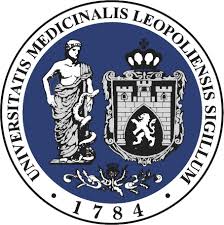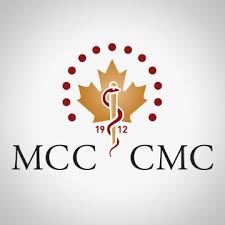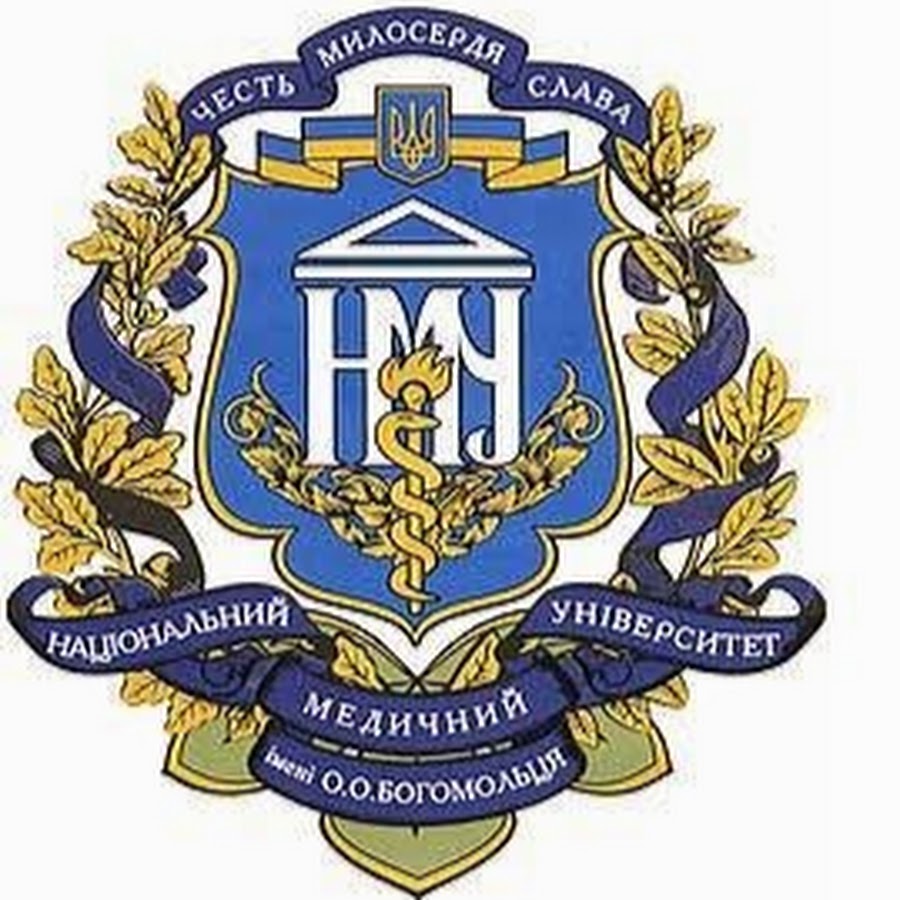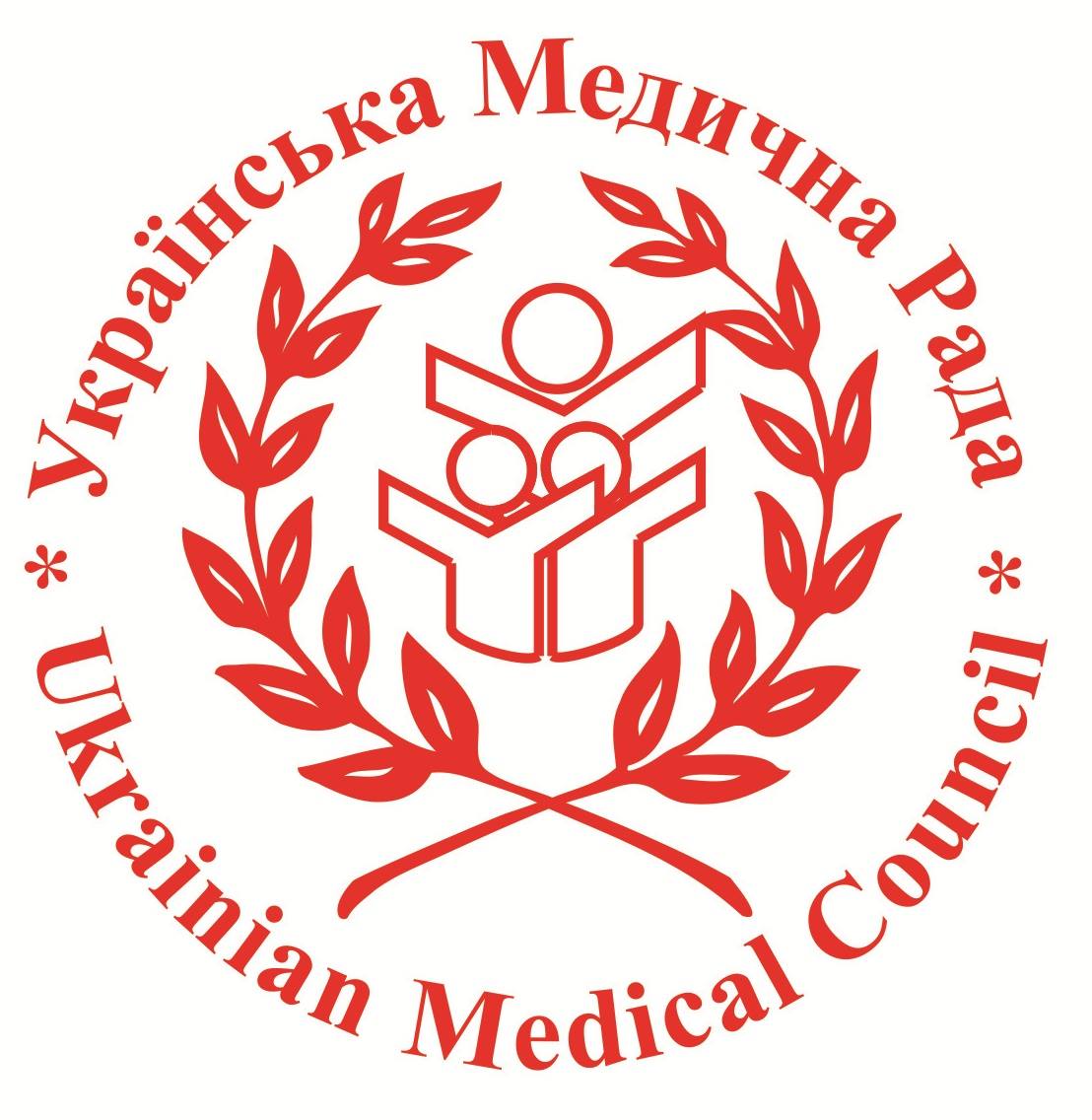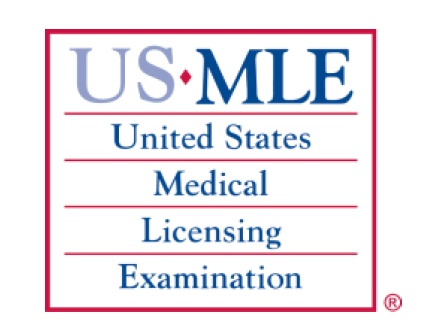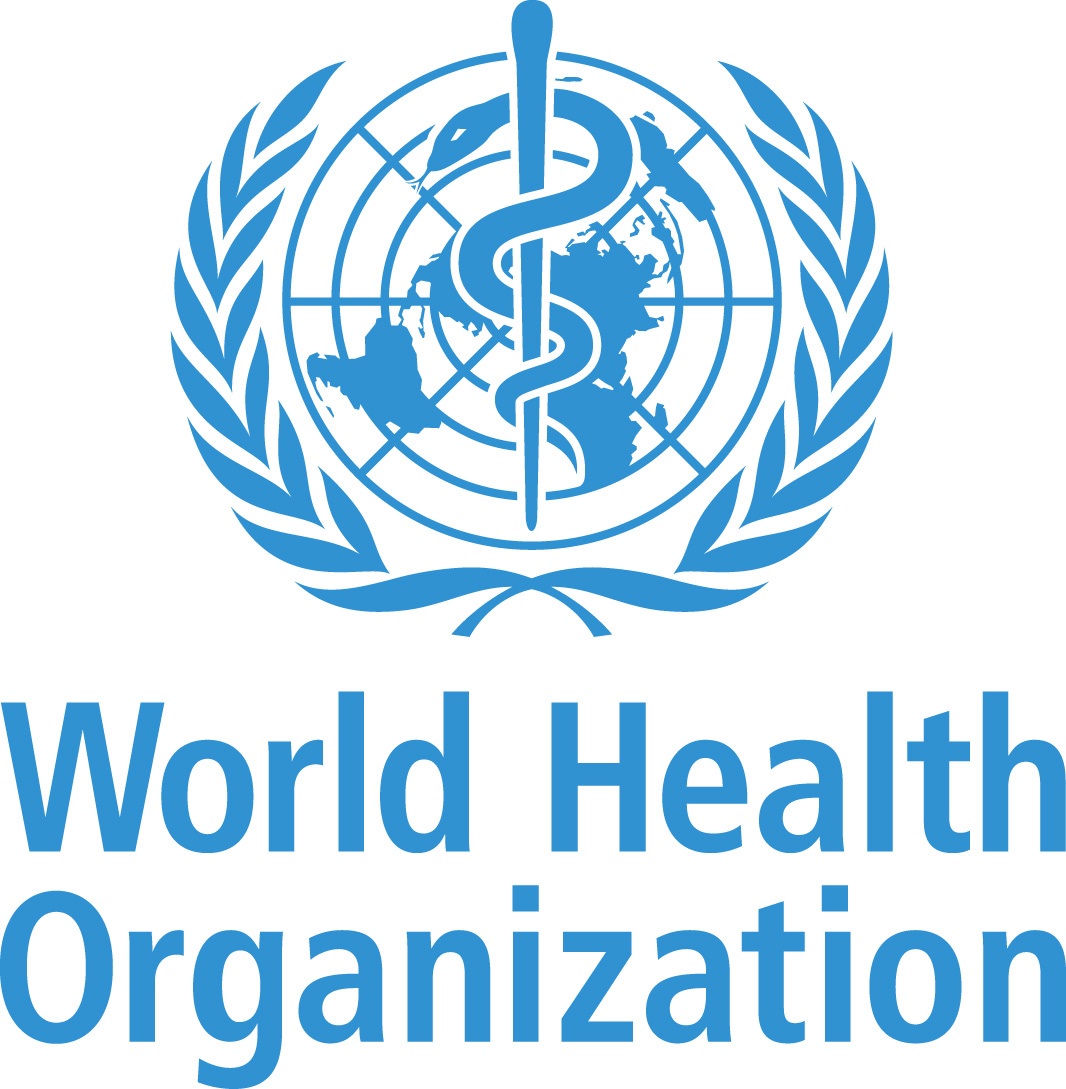Guangzhou University of Chinese Medicine
LOCATION AND INTERNATIONAL AIRPORT IN THE CITY
18.2 miles, Light traffic, 25 min
Guangzhou University of Chinese Medicine Sanyuanli Campus (North Gate)
AIRPORT : Guangzhou Baiyun International Airport
MAP LOCATION
We MBBSUNIVERSITIES.COM guarantee you admission in the best medical colleges of CHINA with the best fee package.
We the team of doctors in MBBSUNIVERSITIES.COM had enough research through the medical colleges in CHINA and we will guide you to select the colleges for MBBS in CHINA.
We guarantee you the cheapest package and minimum consultancy charges for MBBS ABROAD GUANGZHOU UNIVERSITY OF CHINESE MEDICINE is Recognised by WHO and Medical council of India we are the No. 1 MBBS admission In Abroad Education guideline providers in India because we are doctors not agents. Just call our doctors because doctors can guide students better than agents - 1800-123-5619
They will give you information to select the Best Universities & be Your Complete Guide
They will provide you Step-by-step Guide for MBBS in Abroad and will help you to get DIRECT ADMISSION IN MBBS
TOP MEDICAL COLLEGE IN CHINA, GUANGZHOU UNIVERSITY OF CHINESE MEDICINE. DIRECT MBBS ADMISSION IN GUANGZHOU UNIVERSITY OF CHINESE MEDICINE.
ABOUT THE COUNTRY - CHINA
China, officially the People's Republic of China (PRC), is a country in East Asia and the world's most populous country in the world, with a population of around 1.404 billion. Covering approximately 9,600,000 square kilometers (3,700,000 sq mi), it is the third- or fourth-largest country by total area. This country Governed by the Communist Party of China, the state exercises jurisdiction over 22 provinces, five autonomous regions, four direct-controlled municipalities (Beijing, Tianjin, Shanghai, and Chongqing), and the special administrative regions of Hong Kong and Macau.
China emerged as one of the world's earliest civilizations, in the fertile basin of the Yellow River in the North China Plain. For millennia, China's political system was based on hereditary monarchies, or dynasties, beginning with the semi-legendary Xia dynasty in 21st century BCE. Since then, China has expanded, fractured, and re-unified numerous times. In the 3rd century BCE, the Qin reunited core China and established the first Chinese empire. The succeeding Han dynasty, which ruled from 206 BC until 220 AD, saw some of the most advanced technology at that time, including papermaking and the compass, along with agricultural and medical improvements. The invention of gunpowder and movable type in the Tang dynasty (618–907) and Northern Song (960–1127) completed the Four Great Inventions. Tang culture spread widely in Asia, as the new Silk Route brought traders to as far as Mesopotamia and Horn of Africa. Dynastic rule ended in 1912 with the Xinhai Revolution, when a republic replaced the Qing dynasty.
Since the introduction of economic reforms in 1978, China's economy has been one of the world's fastest-growing with annual growth rates consistently above 6 percent. As of 2016, it is the world's second-largest economy by nominal GDP and largest by purchasing power parity (PPP). China is also the world's largest exporter and second-largest importer of goods. China is a recognized nuclear weapons state and has the world's largest standing army and second-largest defense budget. The PRC is a permanent member of the United Nations Security Council as it replaced the ROC in 1971, as well as an active global partner of ASEAN Plus mechanism. China is also a leading member of numerous formal and informal multilateral organizations, including the Shanghai Cooperation Organization (SCO), WTO, APEC, BRICS, the BCIM, and the G20. In recent times, China has been widely characterized as a global superpower.
FOREIGN RELATIONS OF CHINA
The PRC has diplomatic relations with 175 countries and maintains embassies in 162 countries. In 1971, the PRC replaced the Republic of China as the sole representative of China in the United Nations and as one of the five permanent members of the United Nations Security Council. China was also a former member and leader of the Non-Aligned Movement, and still considers itself an advocate for developing countries.] Along with Brazil, Russia, India and South Africa, China is a member of the BRICS group of emerging major economies and hosted the group's third official summit at Sanya, Hainan in April 2011.
EMERGING SUPERPOWER STATUS.
China is regularly hailed as a potential new superpower, with certain commentators citing its rapid economic progress, growing military might, very large population, and increasing international influence as signs that it will play a prominent global role in the 21st century. Others, however, warn that economic bubbles and demographic imbalances could slow or even halt China's growth as the century progresses.
ECONOMY
China had the largest economy in the world for most of the past two thousand years, during which it has seen cycles of prosperity and decline. Since economic reforms began in 1978, China has developed into a highly diversified economy and one of the most consequential players in international trade. Major sectors of competitive strength include manufacturing, mining, steel, textiles, automobiles, energy generation, banking, electronics, telecommunications, real estate, e-commerce, and tourism. As of 2017, China has the world's second-largest economy in terms of nominal GDP, totalling approximately US$12.014 trillion according to the International Monetary Fund. In terms of purchasing power parity (PPP) GDP, China's economy has been the largest in the world since 2016. It ranks behind over 70 countries (out of around 180) in per capita economic output, making it a middle income country. Additionally, its development is highly uneven. Its major cities and coastal areas are far more prosperous compared to rural and interior regions
China is a member of the WTO and is the world's largest trading power, with a total international trade value of US$3.87 trillion in 2012.] Its foreign exchange reserves reached US$2.85 trillion by the end of 2010, an increase of 18.7% over the previous year, making its reserves by far the world's largest. In 2012, China was the world's largest recipient of inward foreign direct investment (FDI), attracting $253 billion. In 2014, China's foreign exchange remittances were $US64 billion making it the second largest recipient of remittances in the world. China also invests abroad, with a total outward FDI of $62.4 billion in 2012, and a number of major takeovers of foreign firms by Chinese companies.] China is a major owner of US public debt, holding trillions of dollars worth of U.S. Treasury .
LANGUAGES
There are as many as 292 living languages in China. The languages most commonly spoken belong to the Sinitic branch of the Sino-Tibetan language family, which contains Mandarin (spoken by 70% of the population),] and other varieties of Chinese language: Yue (including Cantonese and Taishanese), Wu (including Shanghainese and Suzhounese), Min (including Fuzhounese, Hokkien and Teochew), Xiang, Gan and Hakka. Languages of the Tibeto-Burman branch, including Tibetan, Qiang, Naxi and Yi, are spoken across the Tibetan and Yunnan–Guizhou Plateau. Other ethnic minority languages in southwest China include Zhuang, Thai, Dong and Sui of the Tai-Kadai family, Miao and Yao of the Hmong–Mien family, and Wa of the Austroasiatic family. Across northeastern and northwestern China, local ethnic groups speak Altaic languages including Manchu, Mongolian and several Turkic languages: Uyghur, Kazakh, Kyrgyz, Salar and Western Yugur. Korean is spoken natively along the border with North Korea. Sarikoli, the language of Tajiks in western Xinjiang, is an Indo-European language. Taiwanese aborigines, including a small population on the mainland, speak Austronesian languages.
Standard Mandarin, a variety of Mandarin based on the Beijing dialect, is the official national language of China and is used as a lingua franca in the country between people of different linguistic backgrounds.
EDUCATION
CHINA MEDICAL UNIVERSITY is one of the top-ranked universities in China.
Since 1986, compulsory education in China comprises primary and junior secondary school, which together last for nine years. In 2010, about 82.5 percent of students continued their education at a three-year senior secondary school. The Gaokao, China's national university entrance exam, is a prerequisite for entrance into most higher education institutions. In 2010, 27 percent of secondary school graduates are enrolled in higher education. This number increased significantly over the last years, reaching a tertiary school enrollment of 48.4 percent in 2016. Vocational education is available to students at the secondary and tertiary level.
RELIGION
The government of the People's Republic of China officially espouses state atheism, and has conducted antireligious campaigns to this end. Religious affairs and issues in the country are overseen by the State Administration for Religious Affairs. Freedom of religion is guaranteed by China's constitution.
Chinese folk belief, 16% are Buddhists, 2% are Christians, 1% are Muslims, and 8% adhere to other religions including Taoists and folk salvationism. In addition to Han people's local religious practices, there are also various ethnic minority groups in China who maintain their traditional autochthone religions.
FAMOUS PLACES IN CHINA
-
The Great Wall of China in Beijing — World’s Longest Wall.
-
The Terracotta Army in Xi'an — 2,000-Year-Old Underground Army.
-
The Forbidden City in Beijing — Imperial Palace for 24 Emperors. It was once a "palace city"
-
The Bund in Shanghai — Stunning Skyline, Colonial Architecture.
ABOUT THE CLIMATE
China's climate is divided into six categories as follows: tropical, subtropical, warm-temperate, temperate, cold-temperate, and Qinghai-Tibet Plateau temperate zone. Most of the country lies in the northern temperate zone, which is characterized by warm climate and well-defined seasons, being suitable for habitation.
Actually, the climate in China varies greatly from south to north, especially in winter when dry and cold winds, blowing from Siberia and the Mongolian Plateau, lead to a huge temperature gap between south (above 0℃) and north (far below 0℃) China.
In summers, however, except for a few remote places, there is little temperature difference between north and south China for there are overall high temperatures in almost the whole country. enerally, compared to the sweltering summers and chilly winters, the cool autumns (September and October)and warm springs (end of April to beginning of June) are the best seasons to travel to China.
ABOUT THE CITY (GUANGZHOU)
-
English Name: Guangzhou, Canton
-
Chinese Name: (guÇŽng zhÅu)
-
Alias: Five-Goat City, Goat City, City of Spike, City of Flowers
-
Location: South-central Guangdong Province, Pearl River Delta, Southern China (34°16′N, 108°54′E)
-
Urban Land Area: 3,843.4 sq km (6,000 sq mi)
-
Postal Code: 510000
-
Area Code: 020
-
Airport: Baiyun International Airport
-
Railway Stations: Railway Station, East Railway Station, North Railway Station, South Railway Station
-
Events:
-
Canton Fair
-
The 16th Asian Games, 2010
Guangzhou, known as Canton, is a modern, vigorous metropolis. It is the third largest city in China and is the political, economic, sci-tech, educational and cultural hub of southern China. It is located in south-central Guangdong Province, north of the Pearl River Delta. It lies close to the South China Sea, Hong Kong and Macau. Pearl River (Zhujiang), the third longest river in China runs through the city and is navigable to the South China Sea. These geographical features bestow the name "South Gate of China" upon the city.
During the Zhou Dynasty (1045 B.C. – 256 B.C.) the Cantonese peoples suffered from famine for many years. Legend has it that one day five immortals riding five goats with rice ears each of a different color descended from heaven and blessed the area with favorable weather that produced rich harvests. Thus, this city is also known as the "Five-Goat City (Wuyangcheng)" and the "City of Spike (Suicheng)." To express their gratitude to the celestial beings, the locals erected the "Five Immortals Temple."
GUNANGZHOU WEATHER
Guangzhou weather is generally warm and humid all year round without a clear division of seasons. With a humid subtropical monsoon climate, Guangzhou is characterized by warm winters, hot summers, little frost and snow, as well as sufficient rain and sunshine.
A yearly average temperature of 21 - 29 C (70 - 84 F) makes it a wonderful destination for travel. However, there will be drizzles from time to time in March and April which may spoil your plan. The humid and hot weather in sunmmer and the high ultra violet radiation is exhausting for tourists, so you'd better avoid the hottest months from June to August.
THE CITY OF GUANGZHOU
The Qin Dynasty (221BC - 206BC) conquered Lingnan Region and established three shires. Nanhai Shire included most of Guangdong Province with Fanyu, with the present Guangzhou as the capital. The site of the small city is located around Jiucang Xiang of Cangbian Lu in the present Guangzhou. Zhaolun took over Nanhai Shire in the early Han dynasty, which absorbed the surrounding area. Then Nanyue Kingdom was established and expanded into the city.
The city walls of Guangzhou were restored a dozen of times in the Song Dynasty (960 - 1279). Middle, east and west cities were built in succession. The Ming Court (1368-1644) brought the three cities together and called them the Old City, and constructed a new one in the south, through the second expansion project in late Ming.
AIRPORTS
18.2 miles, Light traffic, 25 min
Guangzhou University of Chinese Medicine Sanyuanli Campus (North Gate)
Guangzhou Baiyun International Airport
ABOUT THE COLLEGE
Guangzhou University of Chinese Medicine (GUCM), established in 1956, is one of the four oldest Chinese Medicine (CM) institutes of higher education in China and a key CM university supervised by State Administration of Traditional Chinese Medicine of the People's Republic of China and People's Government of Guangdong Province. The current name is designated in 1995 and it is one of the first group of universities to confer Master's and doctoral degrees. The university consists of the Sanyuanli campus and the University Town campus covering 1,377 mu (918,000 sq.m. in total). GUCM has rich teaching resources and strong research ability and enjoys great fame and reputation in CM field home and abroad.
With years of striving, GUCM has steadily accumulated rich traditional Chinese culture, comprehensive study in Chinese Medicine, as well as in-depth and extensive research on Western culture and Modern Medicine, since the development of Chinese Medicine not only demands the mutual learning between Oriental and Western cultures and Chinese and Western Medicine, but also the combination of science and humanities, ancient and modern cultures.
Over the past fifty years' sustained efforts, Guangzhou University of Chinese Medicine has become a modern comprehensive CM higher education institute of research type consisting of 14 colleges and offering 16 undergraduate specialties. In August 2007, Chinese Medicine Science is designated national first-level key subject and 13 second-level subjects. GUCM has 7 National Administration of Chinese Medicine key subjects, 4 Guangdong Province prominent subjects (Chinese Medicine Science, Chinese Materia Medica Science, Acupuncture and Tuina Massage, Pharmaceutical Engineering), 19 doctoral programs, 24 master programs and 3 post-doctoral stations. The doctoral and Master's programs cover all the first-level subjects of Chinese Medicine Science, Chinese Materia Medica Science and Integrated Chinese and Western Medicine.
Facing the rapidly developing science and technology, GUCM inherits the outstanding historical heritage, maintains the unique feature and charm of South of Five Ridges, keeps up with the frontier science, improve the strict academic disciplines and ensure the academic and educational fame home and abroad. Guangzhou University of Chinese Medicine is the dream university for students wishing to pursue their brilliant career in Chinese Medicine. The university now has more than 18,000 students including over 2,400 postgraduate students and over 12,000 undergraduates and junior college students.
Each campus has a branch of the university library, the area in use being 32,000 square meters. The total volume reaches 960,000 and there are more than 60 database products. It enjoys the richest and most complete Chinese Medicine literary resources in Guangdong. The digital resources are most advanced among national universities of Chinese Medicine.
In more than 30 years, GUCM offers foreign education through various channels and in various forms and has obtained favorable social and economic benefits. Till December 2008, GUCM has offered 419 sessions of short-term Chinese Medicine education training courses. More than 6,000 people from over 50 countries and regions attended these courses. At present, GUCM has established cooperative relationship with more than 50 countries and regions and signed collaboration agreements with several foreign universities.
The clinical medicine discipline of GMU is ranked top 1% in the world for ESI rankings (Essential Science Indicators).GMU boasts 1 state key discipline and 9 state key clinical specialties and considerable provincial disciplines and specialties. Among them, respiratory medicine ranks first place and ranks 5th for thoracic surgery in China.
GMU places great emphasis on attracting talented faculty from home and abroad to develop the University. GMU boasts a strong faculty led by Prof. Zhong Nanshan, a member of Chinese Academy of Engineering. The faculty is comprised of 94 supervisors for PhD candidates, 774 supervisors for master students.
GMU attaches importance to training professionals with innovation and hands-on skills. The University aspires to provide quality undergraduate and postgraduate programmes. GMU offers 19 full-time undergraduate programmes: Clinical Medicine, Medical Laboratory, Medical Imaging, Nursing, Anesthesiology, Dentistry, Clinical medicine of integrated TCM and Western Medicine, Preventive Medicine, Pharmacy, Rehabilitation Sciences, Health Administration, Biomedical Engineering, Applied Psychology, Biotechnology, Law, Marketing, Statistics, Information Management& Information System, Food Quality and Safety. he clinical medicine discipline of GMU is ranked top 1% in the world for ESI rankings (Essential Science Indicators).GMU boasts 1 state key discipline and 9 state key clinical specialties and considerable provincial disciplines and specialties. Among them, respiratory medicine ranks first place and ranks 5th for thoracic surgery in China.
GMU places great emphasis on attracting talented faculty from home and abroad to develop the University. GMU boasts a strong faculty led by Prof. Zhong Nanshan, a member of Chinese Academy of Engineering. The faculty is comprised of 94 supervisors for PhD candidates, 774 supervisors for master students.
GMU attaches importance to training professionals with innovation and hands-on skills. The University aspires to provide quality undergraduate and postgraduate programmes. GMU offers 19 full-time undergraduate programmes: Clinical Medicine, Medical Laboratory, Medical Imaging, Nursing, Anesthesiology, Dentistry, Clinical medicine of integrated TCM and Western Medicine, Preventive Medicine, Pharmacy, Rehabilitation Sciences, Health Administration, Biomedical Engineering, Applied Psychology, Biotechnology, Law, Marketing, Statistics, Information Management& Information System, Food Quality and Safety.
LOCATION
Guangzhou Medical University (GMU),formerly known as Guangzhou Medical College, founded in 1958, is a medical institution which offers a full range of programs at graduate and undergraduate levels. The main campus of GMU is located in the downtown of Guangzhou City, a stone’s throw away from Liuhua Lake Park and Yuexiu Mountain.A new campus of approximately 247 acres is situated in Panyu District of Guangzhou City near Pearl River, which is an ideal place for learning and research.
Guangzhou is the capital of Guangdong Province, is the third biggest city in China after Beijing and Shanghai with a population of more than 12 million. Founded in 214 BC, the city has been a springboard for trading, cultural exchanges, many revolutions and reforms, making it an unavoidable stopover to understand what shapes the modern China.
CAMPUS
GXMU has a beautiful campus which provides the teachers and students with an ideal environment and conditions for teaching, studying and living.
LIVING IN UNIVERSITY
-
Food: GMU has a student restaurant (food court).
-
Sports: School has a gymnasium and various playgrounds, where students can play football, basketball and other sports.
-
Internet: Internet service is available at university library and international student dormitory.
-
Shopping: School has supermarkets and stores.
ABOUT THE ACCOMODATION, GUANGZHOU UNIVERSITY
Guangzhou University of Chinese Medicine has two campuses: University Town Campus and Sanyuanli Campus. Both the two campuses have apartment for international students. The accommodation’s price is approximately 12800. The accomodation is double room, with facilities seperate toilet and bathroom, have broadband internet access and air conditioner.
ABOUT THE FEES STRUCTURE, GUANGZHOU UNIVERSITY OF CHINESE MDICINE
We Will Upload Complete 2019 Fee Structure!
Kindly Contact Us For Any Query via Call :- 1800-123-5619 Or Email :-
[email protected].
We Are At Your Service.
Start Date of the Program
September
Entry Requirements
-
Applicants must have a good command of English. All the courses are taught in English. Applicants’ mother tongue or second language must be English, or they should have learned courses in English. They should be skillful in English listening, speaking, reading and writing.
-
The minimum qualification is Senior High School or 10+2 or A level with Physics, Chemistry and Biology. Applicants must fulfill the percentage of marks required for medical study by the medical council or government in their respective countries and reach the requirement for international students of GMU.
-
Applicants must be under the age of 30, without criminal record.
-
Applicants should submit senior high school transcript and certificate, copy of passport, application form for international students, foreigner physical examination form
MBBS in English
-
Photocopy of your valid passport
-
Senior high school transcript and certificate
-
Foreigner Physical Examination Form
Admission Requirements
MBBS in English
-
Age:18-30 without criminal record;
-
Healthy international students with valid passport;
-
Senior High School ;
-
A level with Physics, Chemistry and Biology;
-
Abide by Chinese Laws and School’s Regulations
Address:
The Yuexiu Campus: No.195, Dongfeng Xi Road, Guangzhou, China, 510182 The Panyu Campus: Xinzao Town, Panyu District, Guangzhou, China, 511436.
NEET compulsion for MBBS in Abroad
Qualifying the National Eligibility cum Entrance Test (NEET) is mandatory for students seeking to pursue MBBS courses from foreign medical institutions, the Medical Council of India (MCI) has declared via a public notice on March 8, 2018.
The information, which had already been made public earlier by the Ministry of Health and Family Welfare (MoHFW) during the time of the release of the NEET notification in February 2018, has now been officially confirmed through the MCI notice. As per the MCI, the existing practice of issuing eligibility certificate to candidates desirous of pursuing MBBS abroad will be done away with from June 1, 2018, onwards and the result of NEET will be treated as the new eligibility certificate from thereon.
The notification clarifies that the new rule has been introduced by the MCI with approval from the Ministry of Health and Family Welfare, Government of India. The ‘Screening Tests Regulations 2002’ and ‘Eligibility Requirement for Taking Admissions in an undergraduate medical course in Foreign Medical Institution Regulation, 2002’, which lay down the rules and regulations for candidates seeking to pursue or who already possess MBBS qualification from abroad, have been accordingly amended by the MCI.
The Central Board of Secondary Education (CBSE), the exam conducting body of NEET 2018, has published the MCI notice on its website on March 10, 2018, for the reference of NEET 2018 aspirants.
What Does MCI Notice Regarding NEET state?
“Public at large is hereby informed that in terms of Clause 4(2A) of the ‘Screening Test Regulation, 2002’ and Clause 8(iv) of the ‘Eligibility Requirement for Taking Admission in an undergraduate medical course in a Foreign Medical Institution Regulation, 2002’, an India National/Overseas Citizen of India who are desirous for taking admission in MBBS or its equivalent medical course in a medical University/College/Institute outside the country on or after 1st June, 2018 shall have to mandatorily qualify the NEET,” the notice reads. The notice further informs that “the requirement of Eligibility Certificate in respect of such person(s) who would take admission in MBBS or equivalent medical course in a medical university outside the country on or after 1st June, 2018, has been dispensed off. The result of the NEET for admission to MBBS Course shall deem to be treated as Eligibility Certificate for such persons.”
NEET Qualification certificate is the new 'eligibility certificate' for students dreaming of MBBS abroad
As per the previous MCI regulations, candidates seeking to study MBBS or equivalent medical courses from abroad were required to obtain an eligibility certificate from MCI if they wished to come back to India for practicing medicine. No candidate without an eligibility certificate from MCI was allowed to appear for Foreign Medical Graduate Examination (FMGE) screening test through which Indian nationals with foreign medical qualfications are granted permission to practice in India.
Now, with the introduction of new changes in MCI regulations, the earlier requirement of obtaining eligibility certificate has been dispensed off and NEET qualification status will be treated as the MCI eligibility certificate for a student seeking admission in MBBS abroad.
What are NEW REGULATIONS of MEDICAL COUNCIL OF INDIA
The Ministry of Health and Family Welfare (MoHFW) earlier clarified that this new rule of mandatorily qualifying NEET for admission to MBBS courses in abroad is not applicable to students who are already pursuing MBBS or equivalent degrees from outside India. “Students who have already taken admission under current regulations to pursue primary medical course by taking Eligibility Certificate from MCI are exempted from qualifying NEET”, stated the clarification note released by MoHFW on February 22, 2018.
The new MCI regulations making NEET mandatory for pursuing MBBS abroad will only be applicable to students seeking to pursue MBBS or equivalent qualification from abroad on or after June 1, 2018. Students who are already pursuing or have gotten admission in foreign medical institutions need not worry about qualifying NEET as long as they have the eligibility certificate issued by MCI.
Free MCI/ FMGE Screening test coaching (FMGE exam preparation at cheapest cost)
Who can Guide you best for FMGE/MCI Screening Test?
Doctors who are registered with MCI
Education consultants
Agents
Freelancing admission agencies
Students studying Abroad
We offer a free* online test series in partnership with the most well-known professors and institutes
Our teaching pattern
-
Topic wise test for all the 19 subjects, student can practice after finishing the topic to assess herself/himself.
-
Subject wise test for all the 19 subjects, student can practice after finishing the topic to assess herself/himself.
-
MCI/FMGE screening test pattern test (full question paper of 300 questions).
-
All question papers will be with time limit as in real time MCI/FMGE screening test.
-
Every time student appears for FMGE paper at our online portal they will feel as they are appearing for real MCI/FMGE screening test, this builds confidence in a student.
-
We give regular ranking according to country, university & overall, so the student can assess where he/she stands exactly.
-
All toppers get lot of study material for free.
-
Once a paper is finished you can recheck it anytime throughout your prescribed time.
-
Answer key is provided with explanation, gives an opportunity to understand better.
-
Our automatic reminding system will help you with making time table for how to study for MCI/FMGE screening test.
-
Every month you will get few hours to interact with doctors, so they can guide you regarding, how to pass MCI/FMGE screening test easily
-
We update our question bank every 6 months to ensure students get the latest questions to practice and pass MCI/FMGE screening test easily
-
Our lectures for all the 19 subjects are recorded by the top-notch faculty teaching for MCI/FMGE screening test from last 16 years from 2002 when MCI/FMGE screening test regulation was passed by Government of India
Studying at best university but finding it hard to pass MCI/FMGE screening test though you are studying in one of the best MBBS in Abroad Medical University and you are still finding it hard to study or revise your curriculum for MCI/FMGE screening test don’t get stressed we at MBBSUNIVERSITIES.com will help you to achieve your goal of becoming a world class doctor and passing MCI/FMGE screening test
Services provided by MBBSUNIVERSITIES.com
MBBSUNIVERSITIES.com is the best consultancy for MBBS admissions and is known for its professional approach. We guarantee admissions to the students who meets the eligibility criteria and provides us with passport and required documents at the right time. Depending on the eligibility criteria, he/she can take admission in
Philippines,
Bangladesh,
China,
Russia,
Kazakhstan,
Kyrgyzstan or
Ukraine through us.
Our doctors are skilled enough to give parents and students the best guidance they deserve, we will share our experience from how to decide a country and university & how to study for MCI/FMGE screening test, here you will get transparent information from those doctors who were once students, they will give you not only true information about MBBS Abroad but they will give information about real experience that they faced and overcome during their journey of becoming a doctor.
With offices in more than 100 cities we are always in reach of parents and students to provide them with the best and transparent services. Our mission is to provide real information to the medical aspirants who are wishing to pursue MBBS in Abroad, we understand parents put there hard earned money on stake when deciding MBBS abroad University for students that is why we give them true and transparent information that helps them take a better decision.
List of MCI approved medical universities in CHINA
-
Jilin University
-
China Medical University
-
Dalian Medical University
-
Capital Medical University
-
Tianjin Medical University
-
Shandong Medical University
-
Fudan University
-
Xinjiang Medical University
-
Nanjing Medical University
-
Jiangsu University
-
Wenzhou Medical University
-
Zhejiang University
-
Wuhan University
-
Huazhong University of Science & Technology
-
Xi’an Jiaotong University
-
Southern Medical University
-
Jinan University
-
Guangxi Medical University
-
Sichuan University
-
Chongqing Medical University
-
Harbin Medical Science University
-
Beihua University
-
Liaoning Medical University
-
Qingdao University
-
Hebei Medical University
-
Ningxia Medical University
-
Tongji University
-
Shihezi University
-
Southeast University
-
Yangzhou University
-
Nantong University
-
Suzhou University
-
Ningbo University
-
Fujian Medical University
-
Anhui Medical University
-
Xuzhou Medical University
-
China Three Gorges University
-
Zhengzhou University
-
Guangzhou Medical University
-
Zhongnan University
-
Shantou University
-
Kunming Medical University
-
North Sichuan Medical University
-
Southwest Medical University
-
Xiamen University
